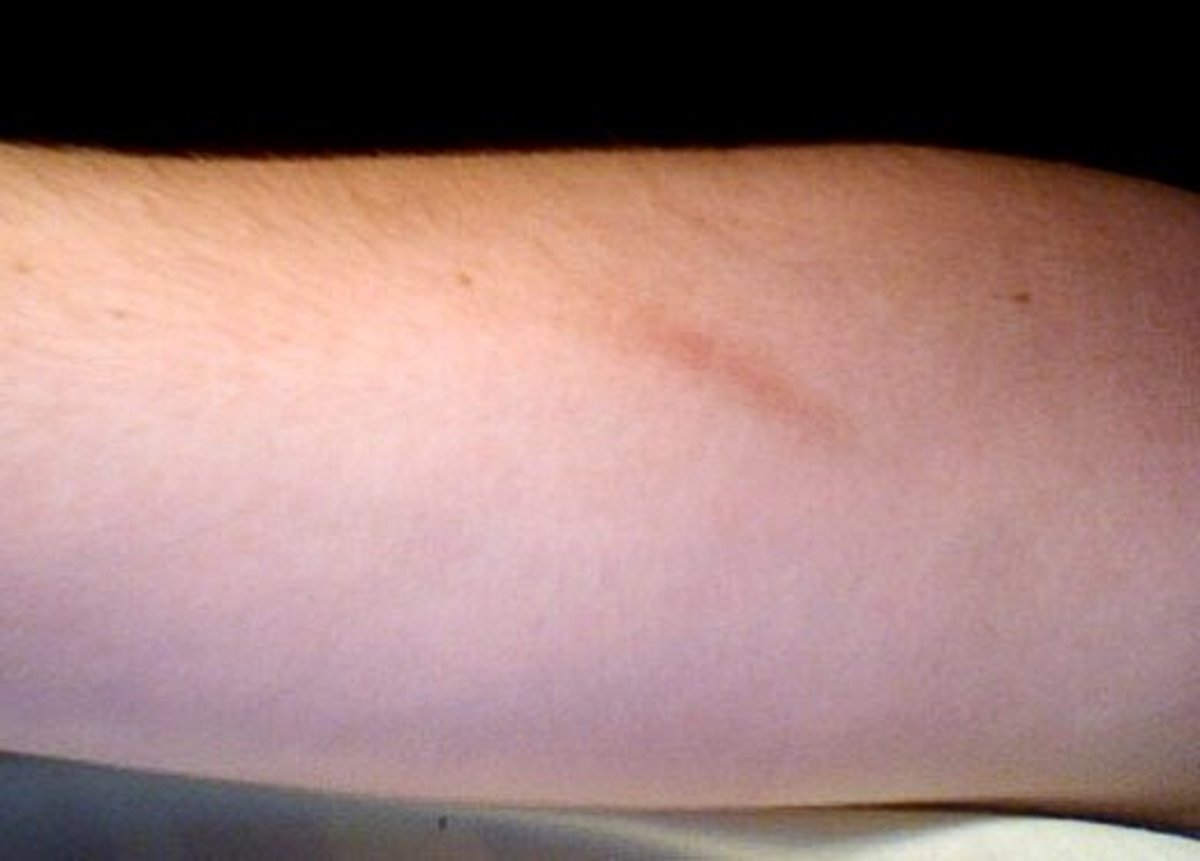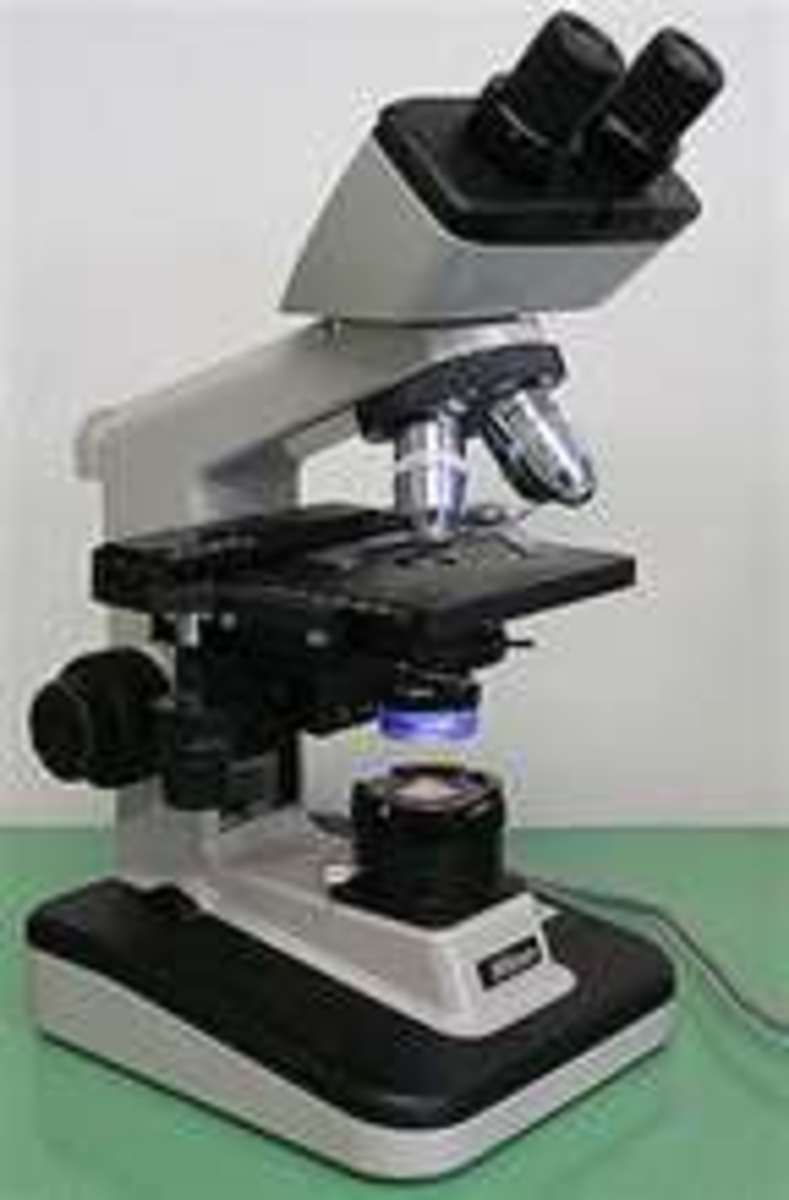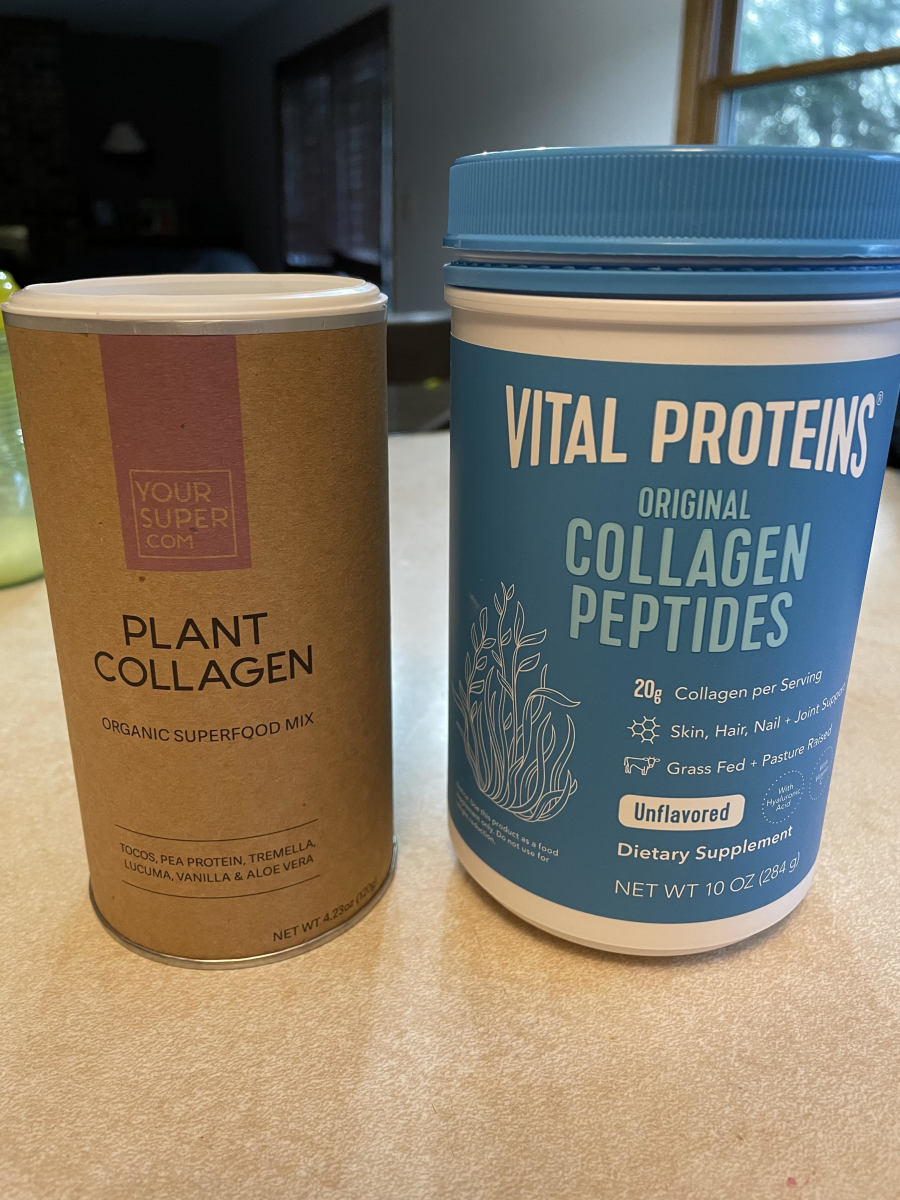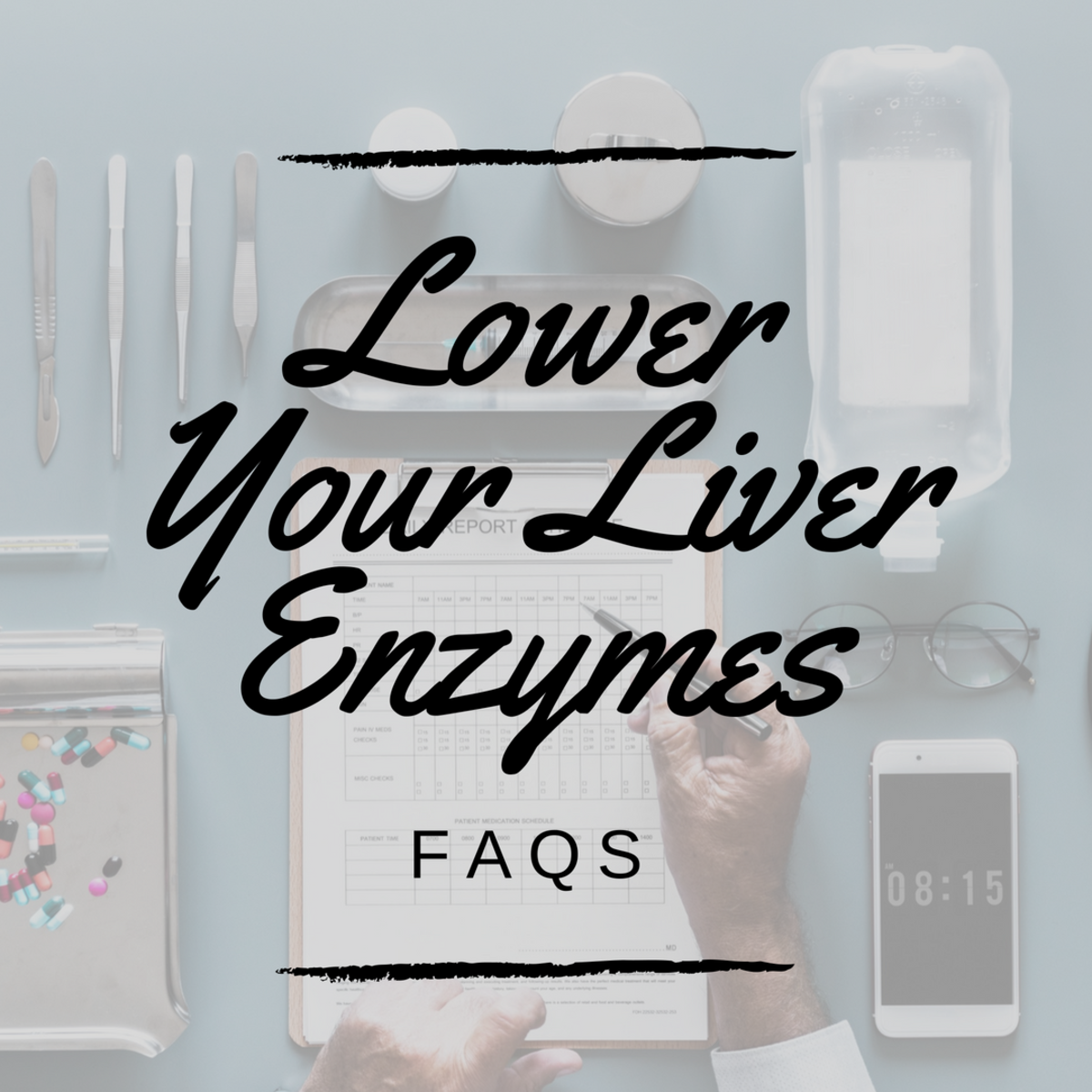Definition, Types, Function of Connective Tissue
The human body is made up of four types of tissue: epithelial, muscular, nervous, and connective tissue. Among these types, connective tissue is the most abundant, varied, and widespread. As the name suggests, the function of connective tissue is to "connect" or bind organs together. Connective tissue often cushions organs, holds them in place, and fills space.
Structural Components of Connective Tissue
While there are a number of types of connective tissue, each of them, except blood, has three main structural components - fibers, cells, and ground substance or intercellular substance. Together, the fibers and ground substance constitute the extracellular material or matrix. The structure of these three components varies greatly from one organ to another.
Fibroblast is the most common cell type in the connective tissue. This produces fibers and other ground substance. There are two common types of fibers, which are elastic and collagen (collagenous). Elastic fibers are for elasticity, while collagen fibers are for strength of the tissue. Both fibers and cells are embedded in ground substance. The consistency of ground substance varies greatly from gelatin-like to a much firmer substance.
What distinguishes connective tissue from other types of tissue is that its matrix normally fills more space than its cells, and except for fat (adipose tissue), its cells are relatively far away from each other.
Proportions of Structural Components
The proportions of fibers, cells, and ground substance vary according to the specific nature of the connective tissue. A strong connective tissue, for instance, needs a larger proportion of collagen fibers and smaller amount of cells. Then again, a connective tissue mostly made up of cells would not be too strong.
Types and Function of Connective Tissue
Below is a quick look of the classifications of connective tissue and their function:
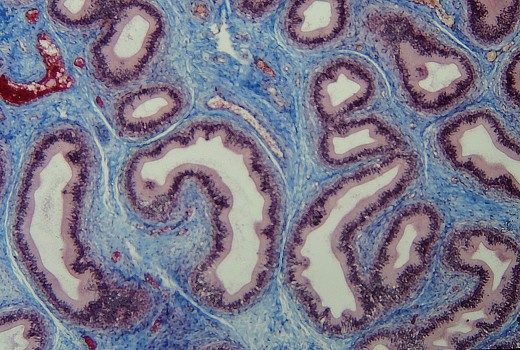
Classifications of Connective Tissue and their Functions
Types
| Function
| Location
|
|---|---|---|
I. Connective Tissue Proper
| ||
1. Loose
| ||
a. areolar
| nourishes and protects epithelia
| under all epithelia
|
b. adipose
| conserves body heat, stores energy
| around the eyes, kidneys, and heart; beneath the skin; abdominal membranes; breast
|
c. reticular
| joins connective tissues to other tissues
| around the spleen, lymph nodes, and kidneys
|
2. Dense
| ||
a. dense regular
| attaches muscles to bone; connects bones together
| ligaments and tendons
|
b. dense irregular
| protects organs from injury
| capsules around spleen, liver, and other organs; dermis of the skin; fibrous sheath around bones
|
c. elastic
| fiber that allows the tissues in the organs to recoil after stretching
| dermis of the skin, certain tendons and ligaments, and walls of arteries
|
II. Cartilage
| resists compression at joints; eases joint movements; shapes outer ear; holds airway open; moves vocal cords
| joint surfaces, intervertebral discs, larynx, between ribs and sternum, external ear, rings around trachea,
|
III. Bone
| provides movement, physically supports the body, stores and releases phosphorus and calcium, encloses and protects soft organs
| Skeleton
|
IV. Blood
| transports hormones, nutrients, wastes, gases
| circulates in cardiovascular system
|
Connective Tissue Proper
Connective tissue proper covers all body cavities and organs in the human body, connecting one part with another. Its other equally important function is that it separates a group of cells from another. Connective tissue proper is subdivided in two categories: loose connective tissue and dense connective tissue.
Loose Connective Tissue
Among the types of connective tissue in vertebrates, loose connective tissue is the most common. It holds the organs in the body in place and connects epithelial tissue to other tissues lying beneath.
There are three main types of loose connective tissue:
Areolar connective tissue - most widely distributed connective tissue in the body. These tissues serve as universal filling substance between different organs, thus hold them in place and protect them. Its function includes binding and supporting other tissues. It is also used to connect the skin to the tissue lying beneath. It also helps protect against infection, and supports and surrounds the blood vessels.
- There is no particular pattern on the arrangement of fibers of areolar connective tissue, but they run in every direction and create a loose structure in the intercellular substance. Collagen fibers are prevalent in these tissues. Usually, they look like broad pink bands. Certain elastic fibers, which look like thin, dark fibers, may also be found in areolar connective tissues.
- The cellular components, such as fibroblasts, can be hard to recognize in the areolar connective tissue. However, the mast cells are normally visible. They have dark-staining, course granules in their cytoplasm. Because the cell membrane is quite delicate, it often splits of slide preparation, which results in a few granules free in the tissue around the mast cells. These cells have small, light-staining, and oval nucleus, which could be covered by the dark granules.
Adipose connective tissue - a type of loose connective tissue that stores lipid. This tissue is also called fat tissue and is mainly comprised of adipocytes or adipose cells. Adipose connective tissue could be found in numerous places in the human body, but it is mainly found beneath the skin. This tissue can also be found between muscles and also around some internal organs, specifically the organs in the abdominal cavity. Adipose connective tissue stores energy as fat, which is used as an energy source when the available energy in the body obtained from carbohydrates has been used up.
- Along with storing fat, adipose connective tissue also supplies endocrine hormones. These hormones are needed to regulate adipocyte activity and other essential biological processes. Adipose tissue also helps to protect and cushion organs and insulate the body against heat loss.

Location of Adipose Tissue
Adipose Tissue is located in numerous places in the body, including around the nerve tissue, kidneys, and heart; hypodermic layer under the skin; within the abdominal cavity, buttocks, and thighs; and in yellow breast tissue and bone marrow. White fat piles up in these areas of the body, but brown fat is found in more specific areas. In adult people, tiny deposits of brown fat can be found on the side of the neck, along the spine, upper back, and the shoulder area. Infants have higher percentage of brown fat compared to adults. It is located in a huge part of the back area and is necessary to generate heat.
Function of Adipose Tissue Endocrine
Adipose tissue serves as an organ of the endocrine system by producing hormones that affect metabolic activity of other organ systems. The hormones produced by adipose tissues affect blood clotting, blood pressure regulation, cell signaling, fat use and storage, sex hormone metabolism, and insulin sensitivity. One major function of adipose tissue is to increase the sensitivity of the body to insulin, thus protecting it against obesity. Adiponectin is a hormone produced by the fat tissue. It acts on the brain to boost metabolism, increase the use of energy in muscles without influencing the appetite, and promote the breakdown of fat. All of these activities help reduce body weight and lower the risk of having conditions such as cardiovascular diseases and diabetes.
Reticular connective tissue - this resembles areolar tissue, but it only has reticular fibers in its matrix, which are fine, short collagen fibers that could create a delicate network. This tissue is limited to specific locations in the body like internal structure that could support bone marrow, lymph nodes, and spleen.
TIP
You would remember where loose connective tissues are located when you think about skin and its elasticity.
Dense Connective Tissue
Dense regular connective tissue - these tissues are parallel, densely spaced bundles of fibroblasts and collagen fibers that run in the same direction. Collagen has tensile strength, so this tissue forms ligaments, tendons, and aponeurosis. Dense regular tissue forms the fascia, a fibrous membrane beneath the skin that attaches, separates, encloses, and stabilizes muscles and other internal organs.
Dense irregular connective tissue - this tissue has the same structural components as dense regular connective tissue, but the densely packed bundles of fibroblasts and collagen fibers are significantly thicker and randomly arranged. This tissue is part of the dermis of the skin and joint capsules of the limbs. It protects organs against injury and is located in areas where tension is applied from various directions.
Elastic connective tissue - elastic fibers are the main fibers that form elastic tissue. These fibers are naturally elastic and allow the tissues of various organs to shrink back after stretching. This tissue is mostly found in the walls of the bronchial tubes and arterial blood vessels.
Cartilage
Cartilage is a type of connective tissue that connects the joints in the rib cage, nose, ear, intervertebral discs, bones, bronchial tubes, and other body elements. This connective tissue is not as rigid and hard as bone, but it is less flexible and stiffer compared to muscle. Cartilage is comprised of densely packed collagen fibers embedded in a matrix of a bluish-white gelatinous substance called chondrin.
- Hyaline cartilage - this offers strong support and pads for shock absorption. It is located at various joint surfaces.
- Elastic cartilage - maintains the shape of the structure, but allows flexibility. It is located in the epiglottis and the auricle, which is on the outer ear.
- Fibrocartilage - comprises of a combination of cartilaginous tissue and white fibrous tissue. It is located in intervertebral discs, anulus fibrosus, knee meniscus, and pubic symphysis.
Bone
Bone is a type of connective tissue that contains calcium phosphate and collagen. It is a component of the skeletal system that functions to assist in movement. Bones acquire nutrients via blood vessels that are held within canals in bone.
Function of Bone
- Structure - the skeleton is made up of bones, which provide support and structure for the body.
- Mobility - bones work with skeletal muscles and other components of the skeletal system to help in enabling body movement.
- Protection - bones protect many vital organs and soft tissues.
- Blood cell production - bone marrow produces blood cells. Stem cells of bone marrow develop into platelets, red blood cells, and white blood cells.
- Storage - bones store minerals and mineral salts like calcium, calcium phosphate, and phosphorus. Calcium phosphate provides firmness in bones. Yellow bone marrow in bone also stores fat.
Do you know?
What connects bone to bone?
Bones work together with tendons, ligaments, skeletal muscles, and joints to produce movements. Tendon is a tough, yet flexible band of fibrous tissue that attaches muscle to bone. Ligament is a small band of dense elastic tissue. To form a joint, ligament attaches the ends of bones together.
Blood
Blood is considered as a type of connective tissue. While it has a different function compared to other types of connective tissue, it has an extracellular material. Its matrix is composed of plasma, while platelets, white blood cells, and red blood cells are suspended in the plasma. Blood has two main functions - provides protection and immunity against infectious agents like viruses and bacteria and transports substances to and from the cells. As part of the cardiovascular system, blood is circulated around the body through blood vessels and the heart.

